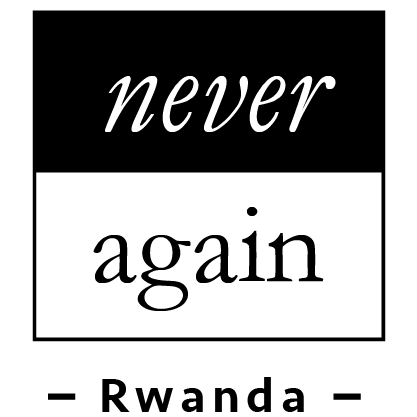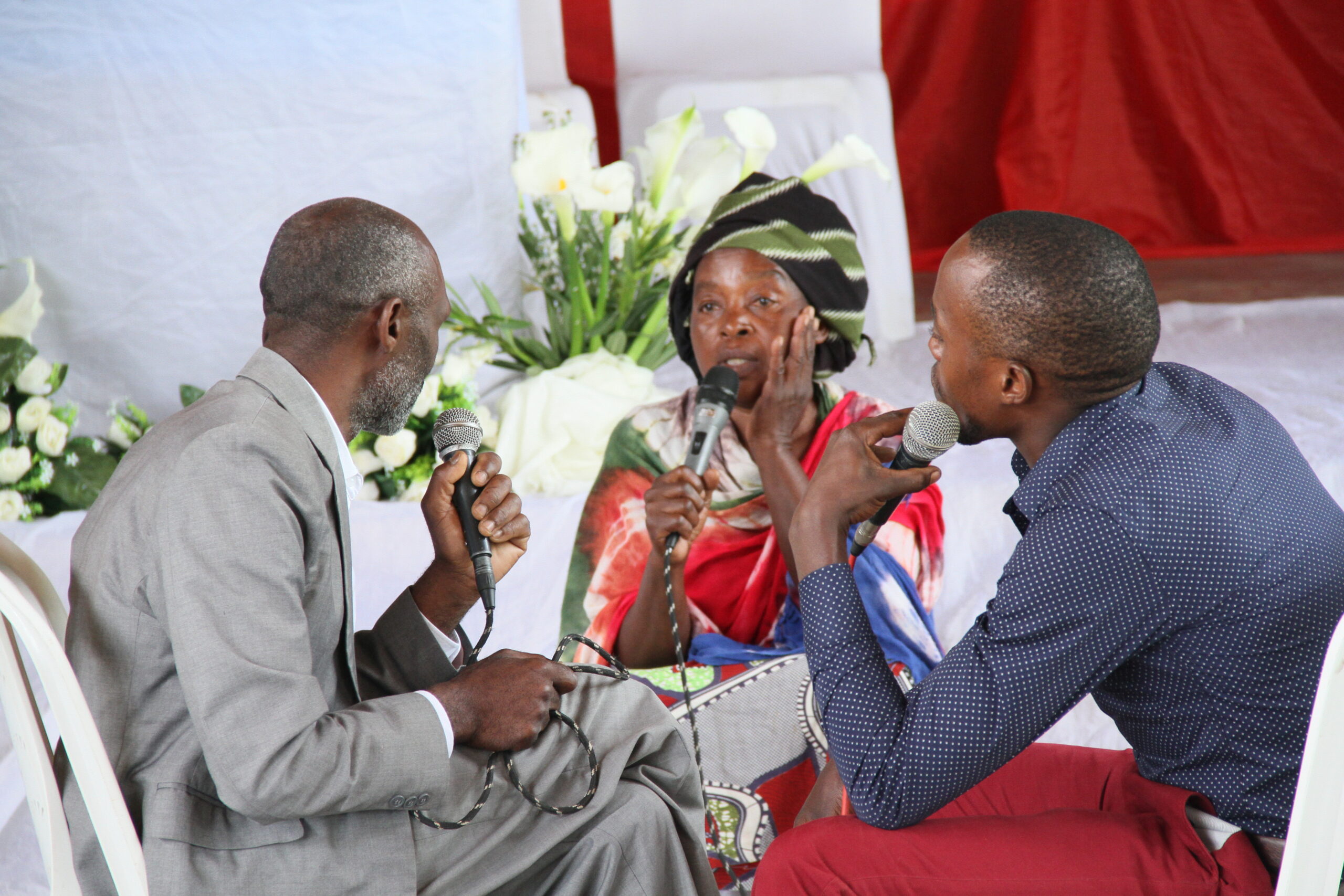Never Again Rwanda has been implementing a societal healing program where different categories of psychologically wounded individuals were accompanied in the journey of healing.
Just like a patient is hospitalized and as s/he is recovering, doctors prescribe a discharge and organize a follow-up plan to assess the progress in the patient’s recovery; similarly, a breastfeeding mother reduces the regularity of breastfeeding the baby as she prepares it for weaning. This is the exact reason for a therapeutic phase-out process and it provides an opportunity for both beneficiaries and facilitators to assess effectively the impact and how best they can navigate through the existing challenges. In this year’s phase-out ceremonies, it did not only allow those aspects of healing to unfold but also created an opportunity for members of different safe spaces to showcase their achievements including but not limited to social-economic transformation, community outreach activities to the leaders around who then incorporate those members of spaces in their agenda. Additionally, it applauds for the unconventional means used in dealing with complex challenges and how total psychological healing has been attained throughout this milestone and the uniqueness in nature of the approach used in terms of Psychological healing.
The case at hand can be traced in their testimonies and success stories that individual members of spaces shared during this period of phase-out. One of the cases that pop out is for a member whose hatred for the genocide perpetrators had enveloped him and the only comforting thing was to exterminate the genocidaires. He shared how much he has evolved since joining the safe spaces and particularly how he engages himself in initiatives that target helping the poor irrespective of their barbaric actions during the genocide against the Tutsi in 1994.
On the other hand, the testimonies given by genocide perpetrators during the phase-out ceremonies remind us of the psychological suffering they’re undergoing for example when a member in one of the spaces expressed how his involvement in genocidal acts has left him with devastating guilt, shame, and social isolation including in his own family. Being in the safe space did not only provide him with a belonging, but it also instilled him with a sense of value and regained self-esteem necessary for humanity. These cases and among others that include children born out of rape, children born from mixed families, those born from perpetrator families but also the testimonies from other marginalized and psychologically traumatized groups such as historically marginalized, those who lived over 30 years in exile under devastating refugee experiences, those who joined militias at a very young age and the unwed mothers whose unwanted pregnancy brought unto them traumatizing experiences from their families and communities.
These cases among others can only teach us that re-integrating the psychologically wounded individuals into the society as part of the objectives of the phase-out process of capacitating the “healed” to engage in healthy community interactions. It also reminds us that healing is a long journey and sometimes just like scars is susceptible to injury, psychologically wounded individuals are also susceptible to relapse and distressing situations and the need for a follow up by facilitators is inevitable but also the community at large from which these individuals reside. This justifies the need for the presence of community and local leaders in the phase-out process.
Remarkably, these phase-out events enable community members who question whether healing was possible and could even be a realistic thing to revisit their assumptions and this strategize the psychological healing.


